Category: All About Guns


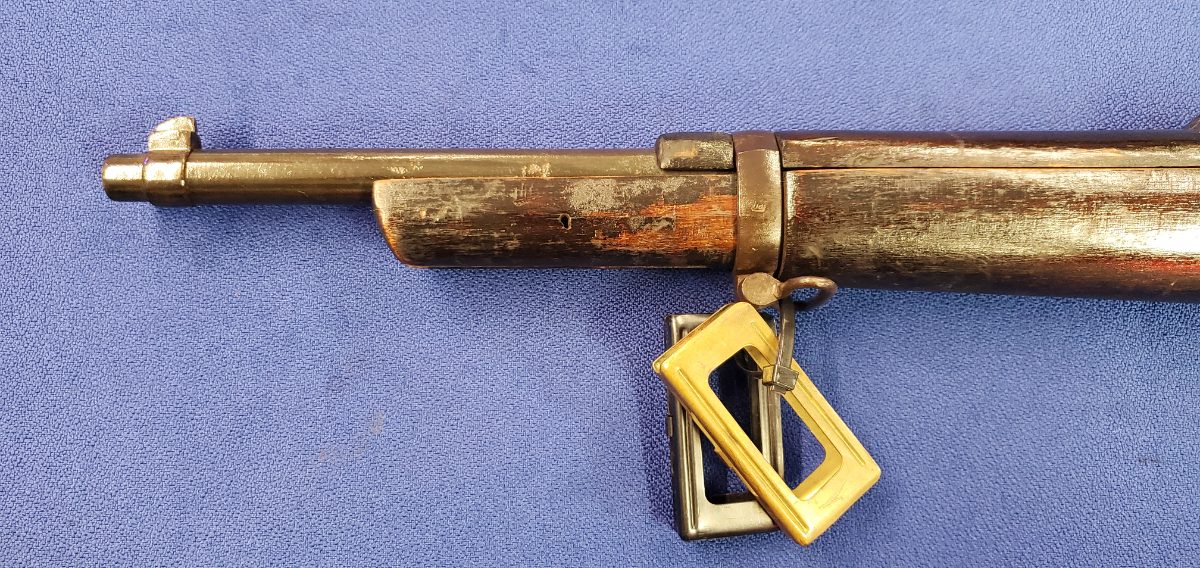
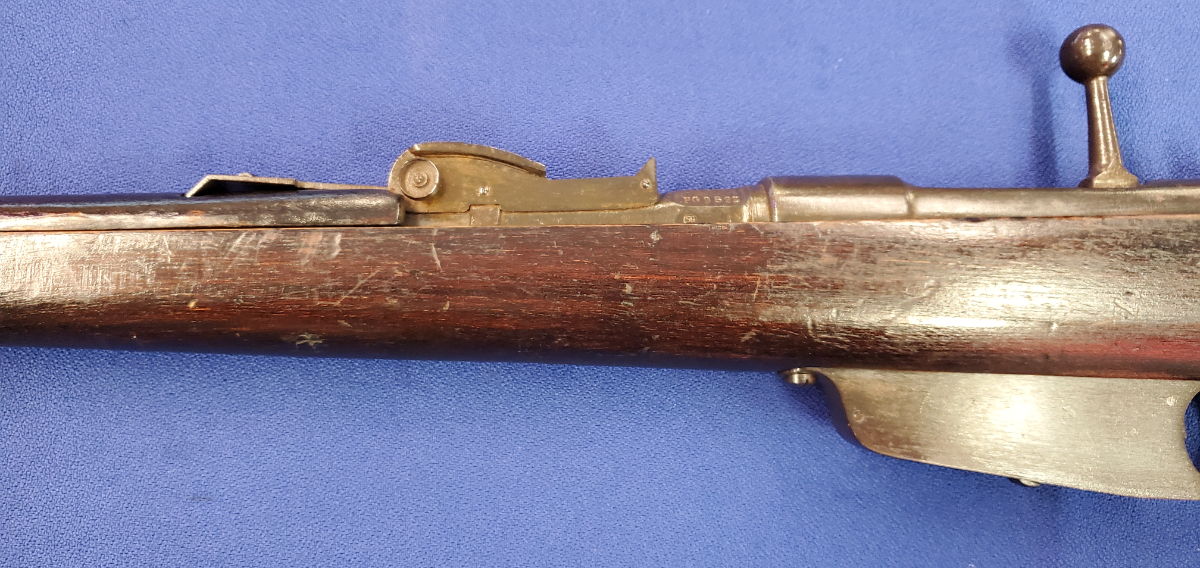
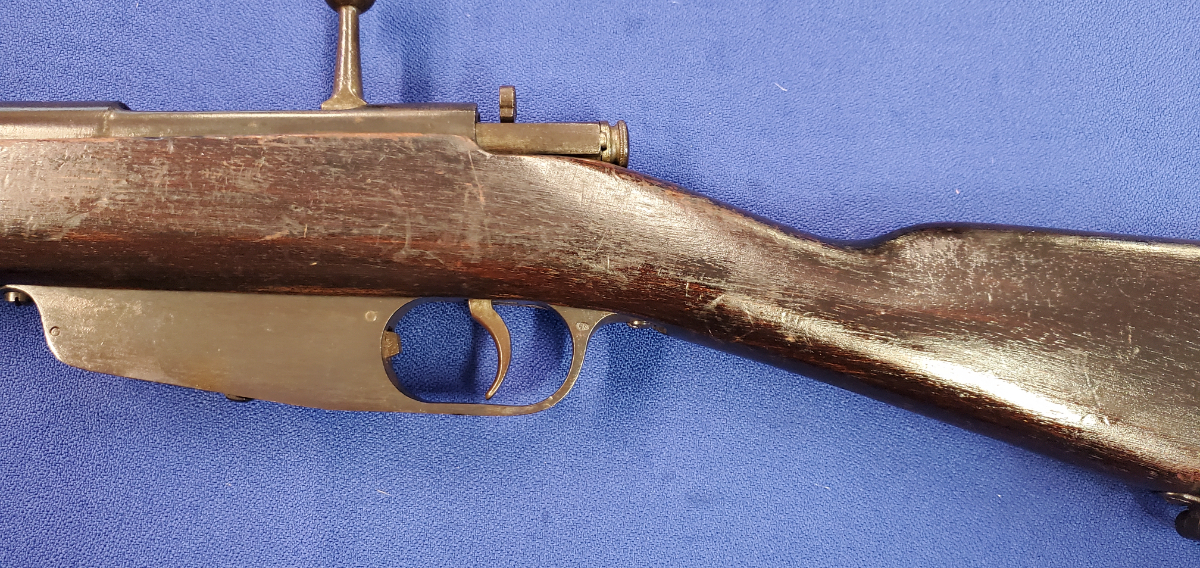
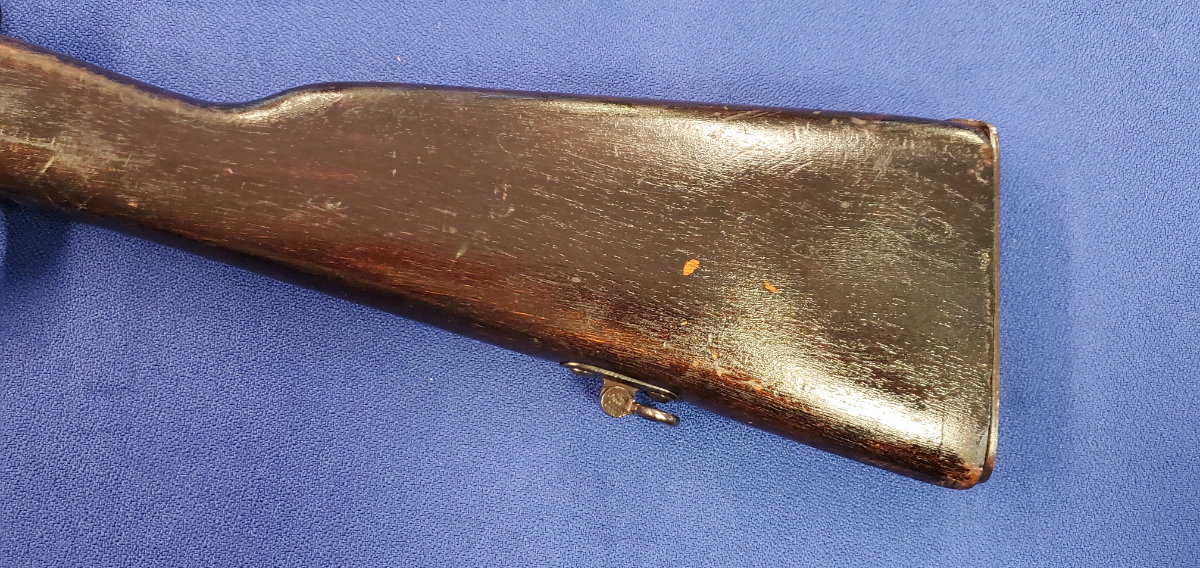
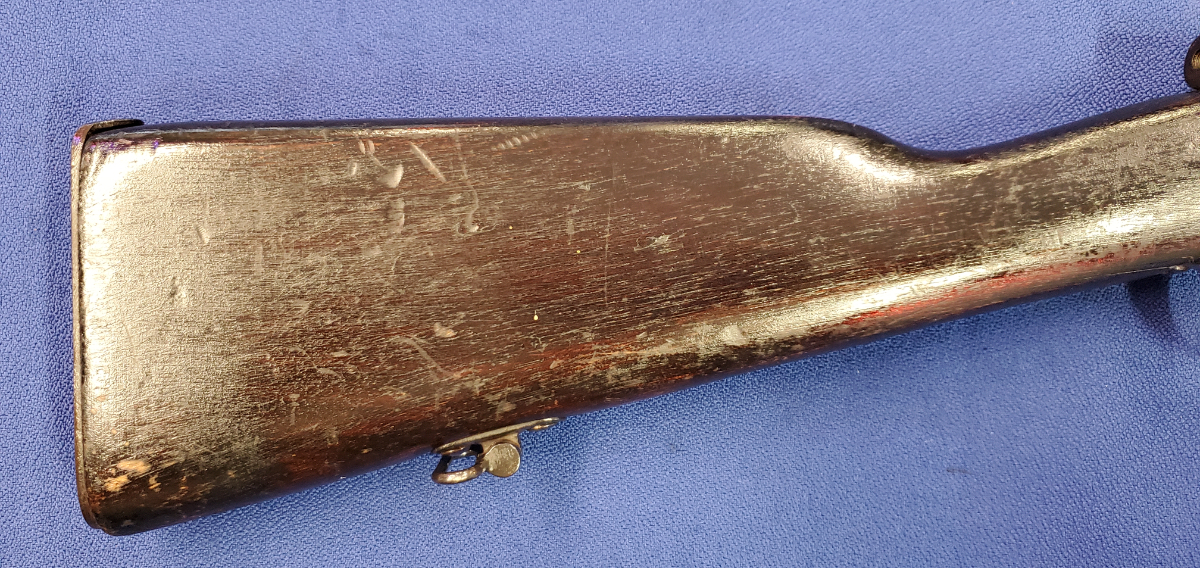
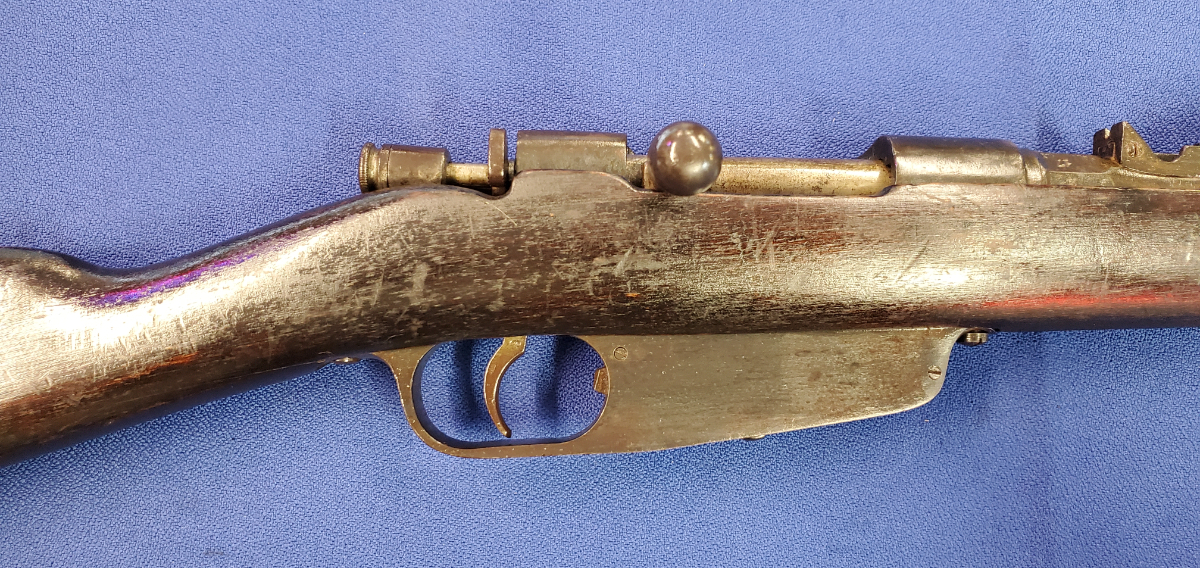
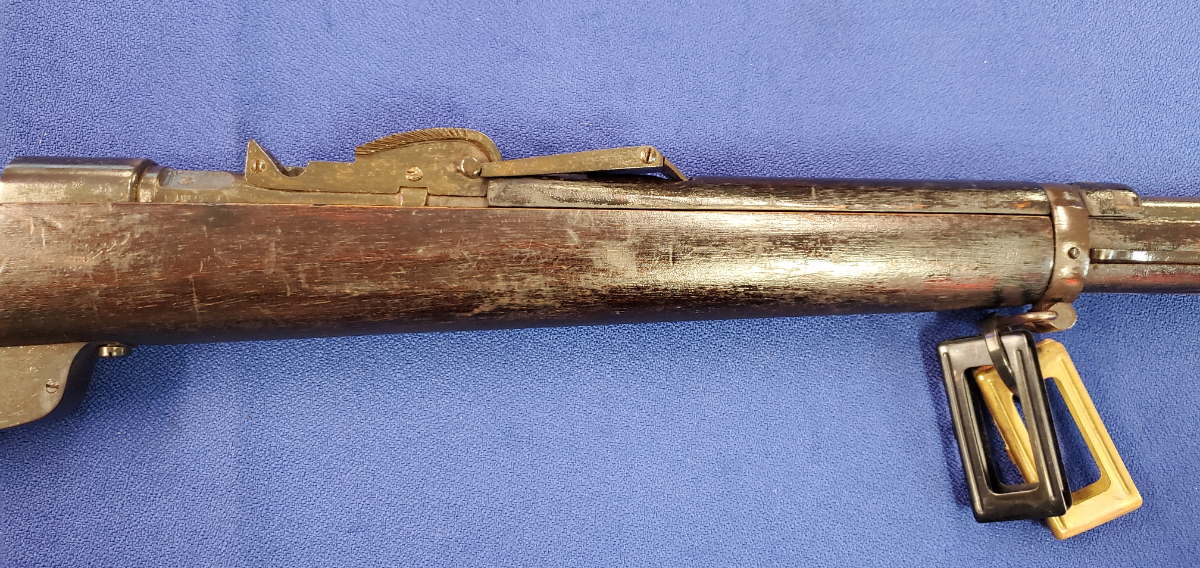
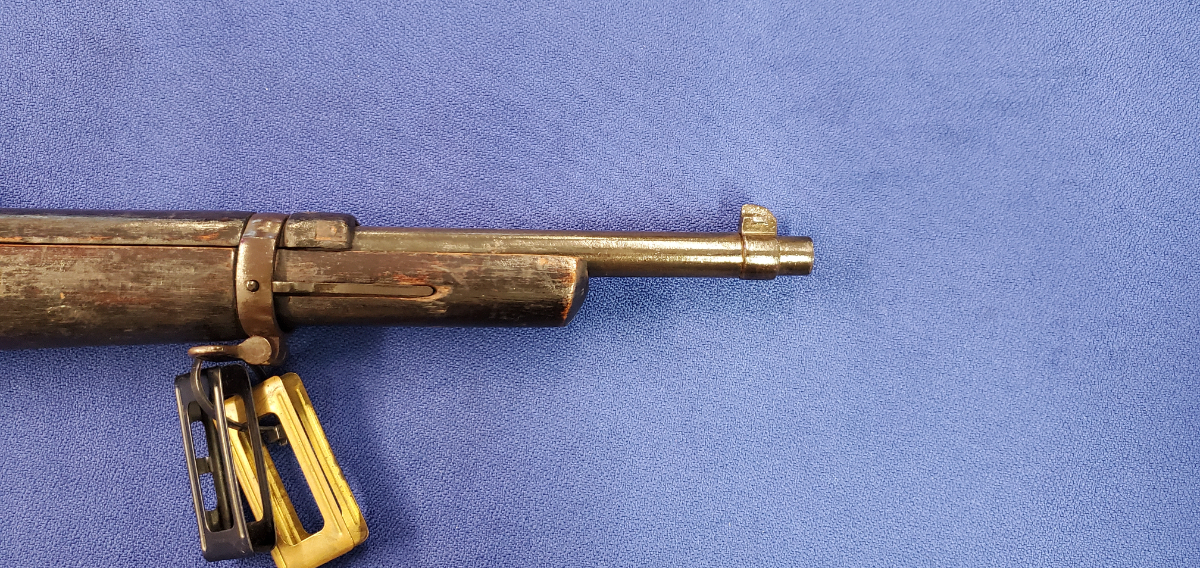
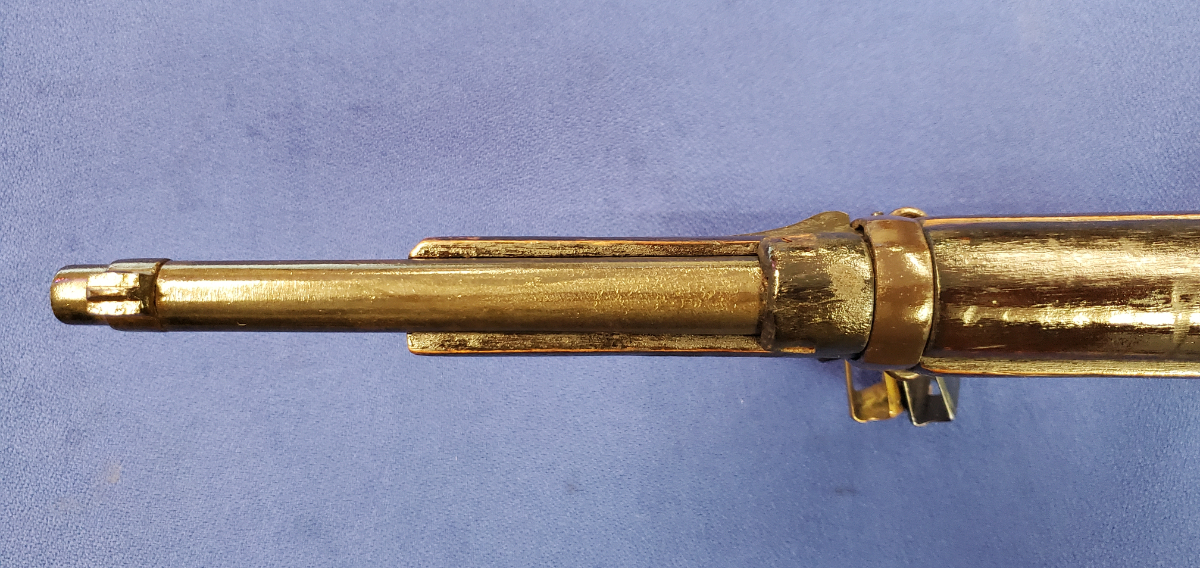
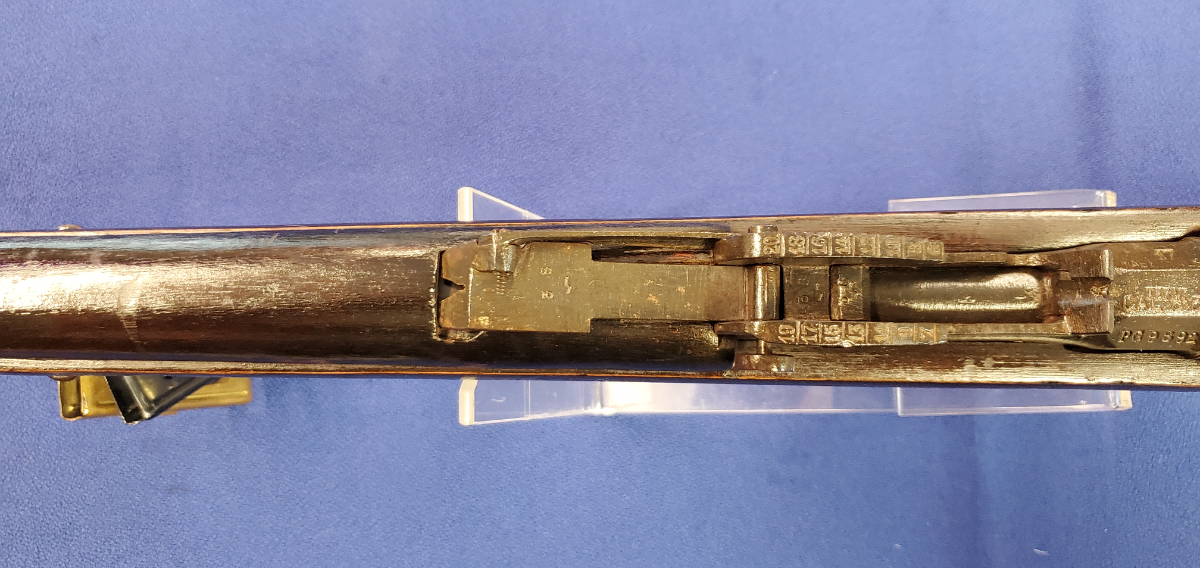
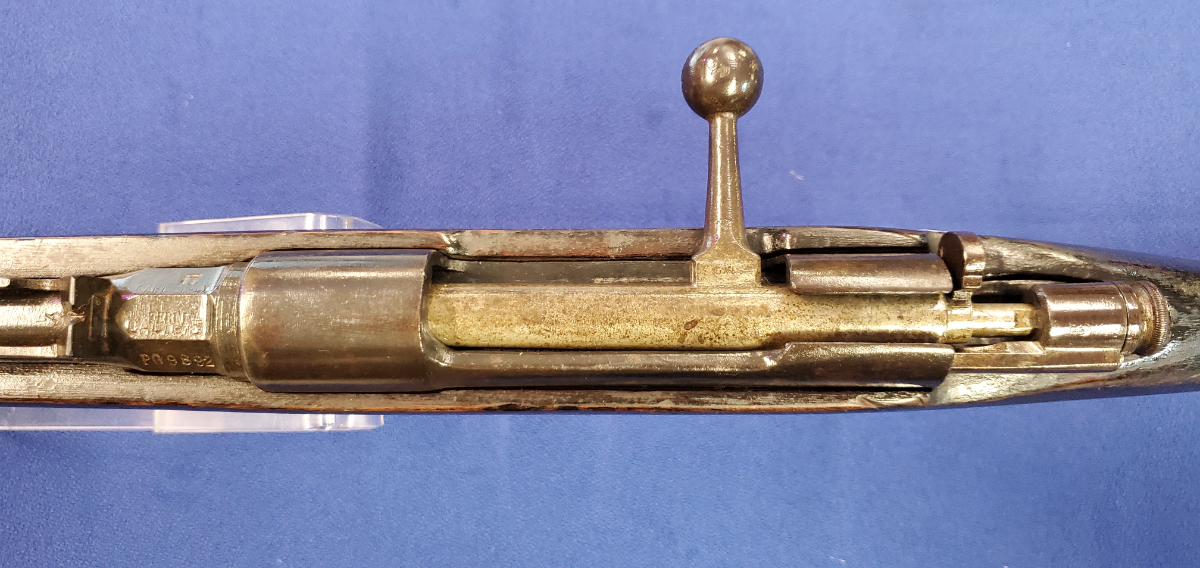
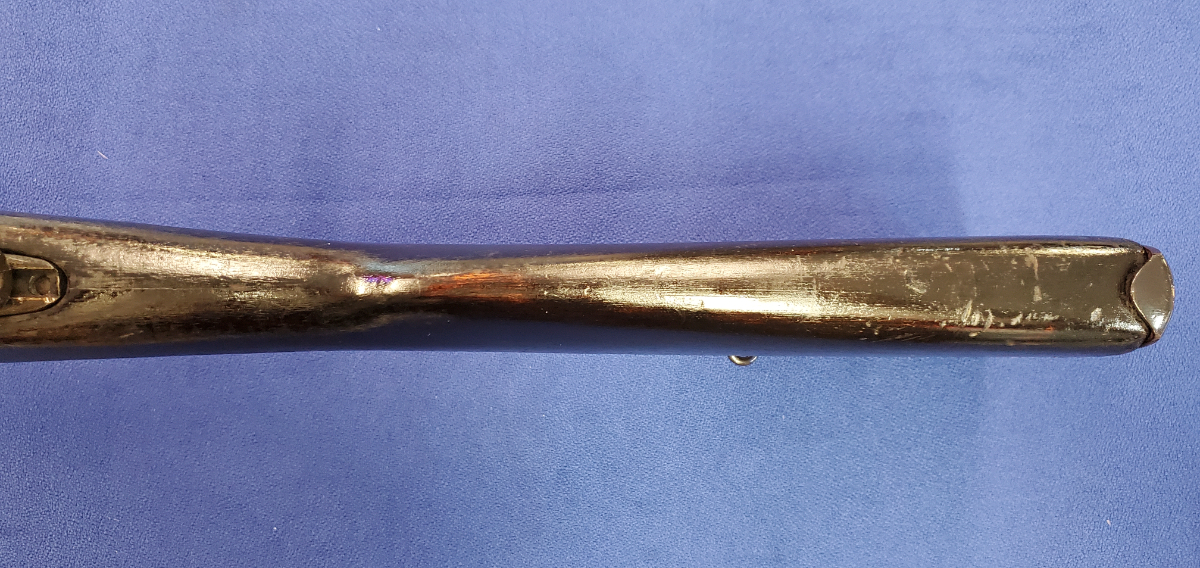
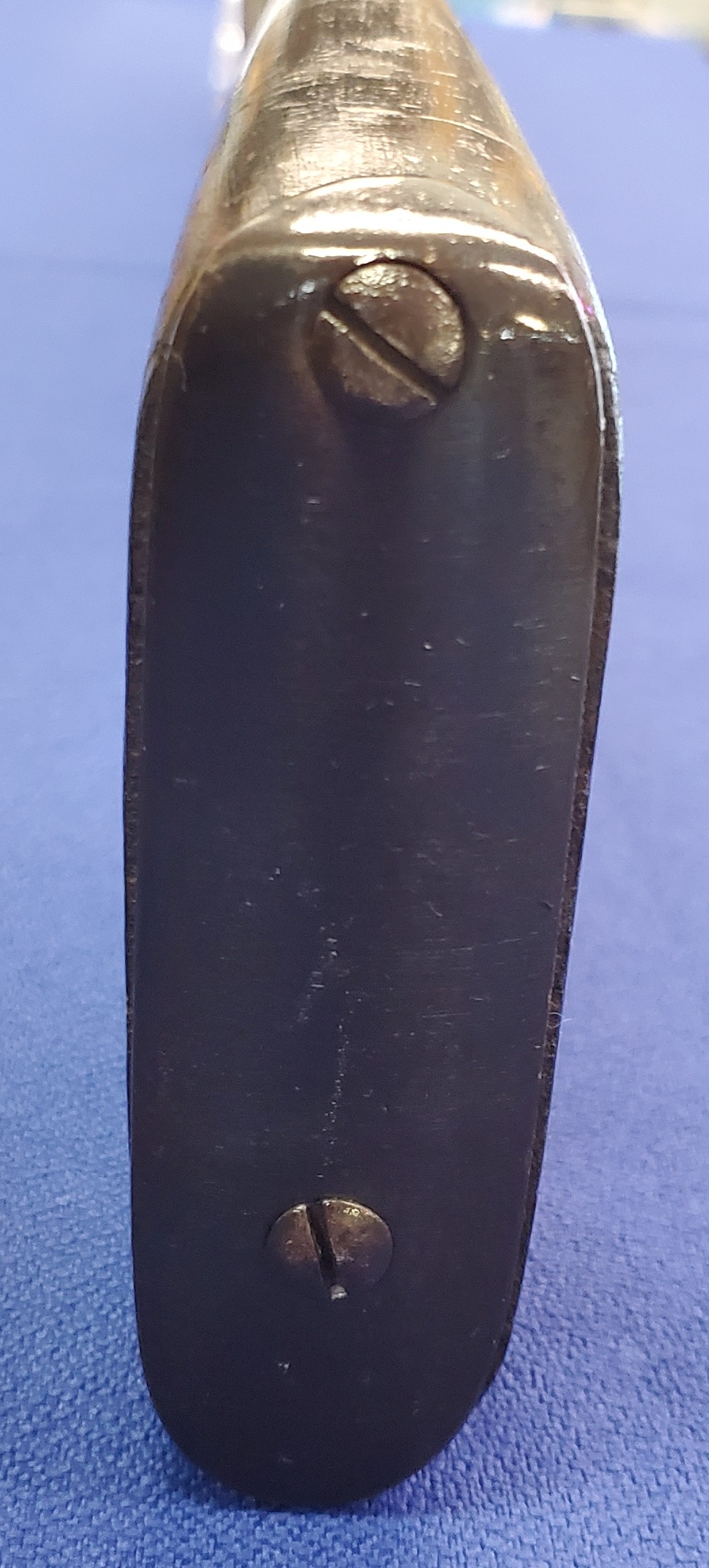
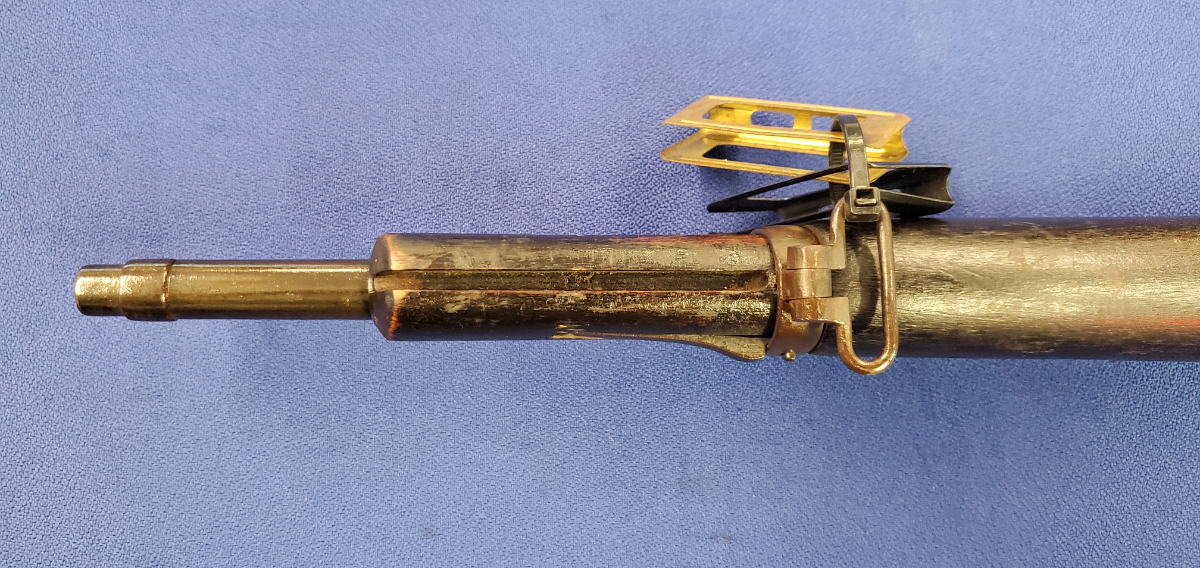
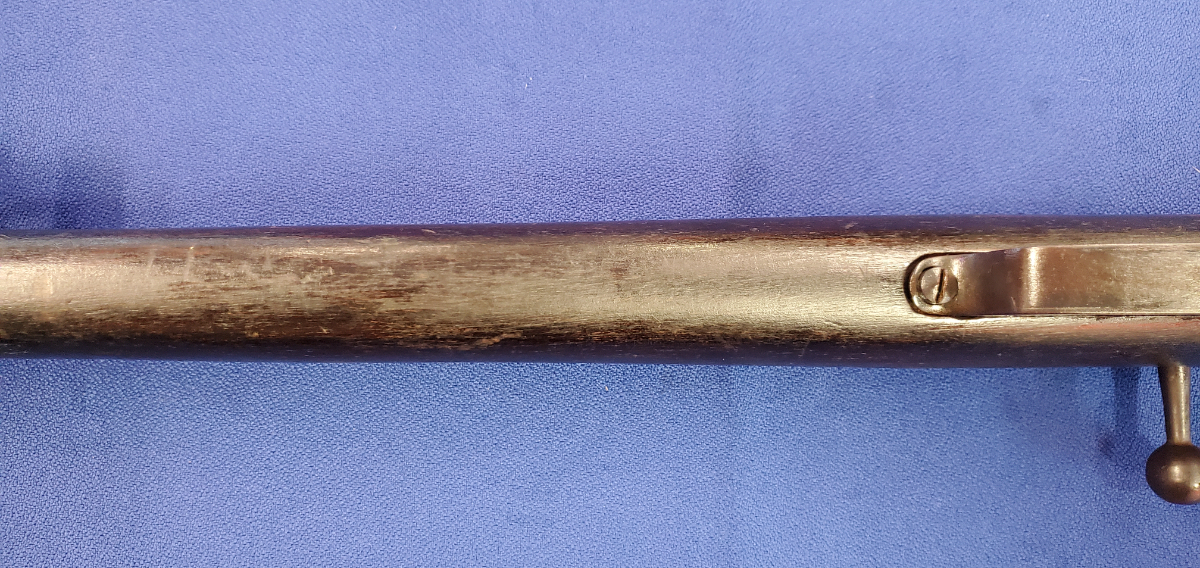
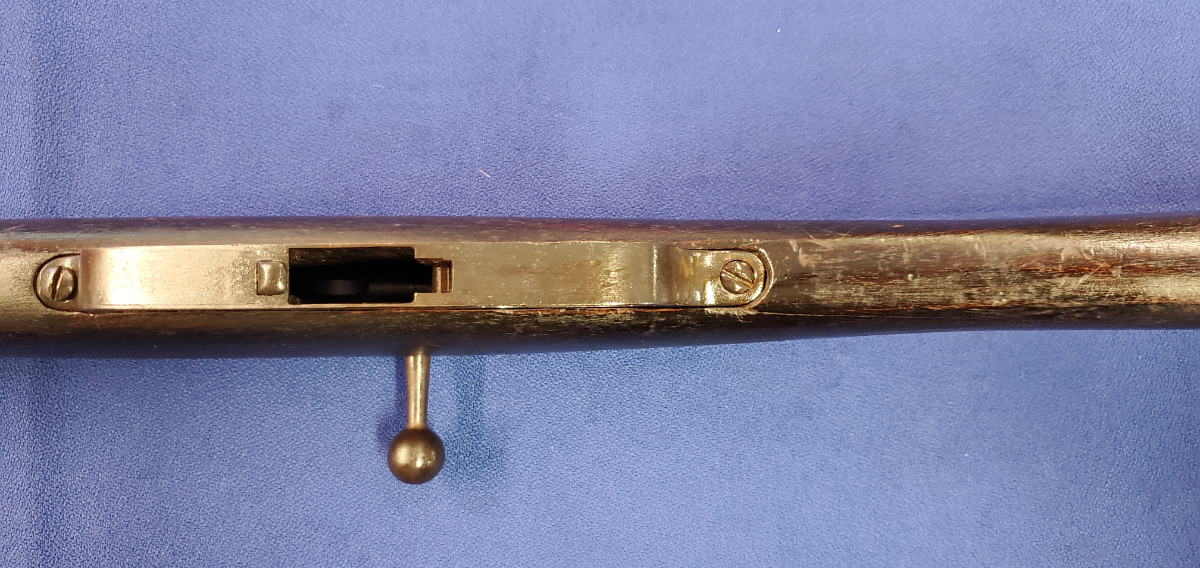
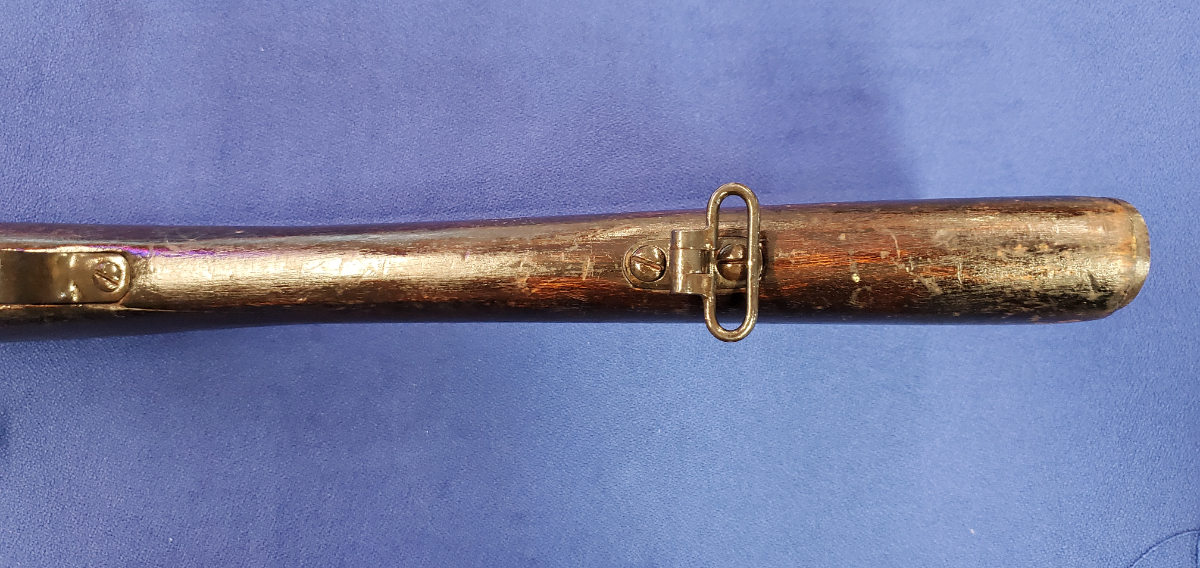
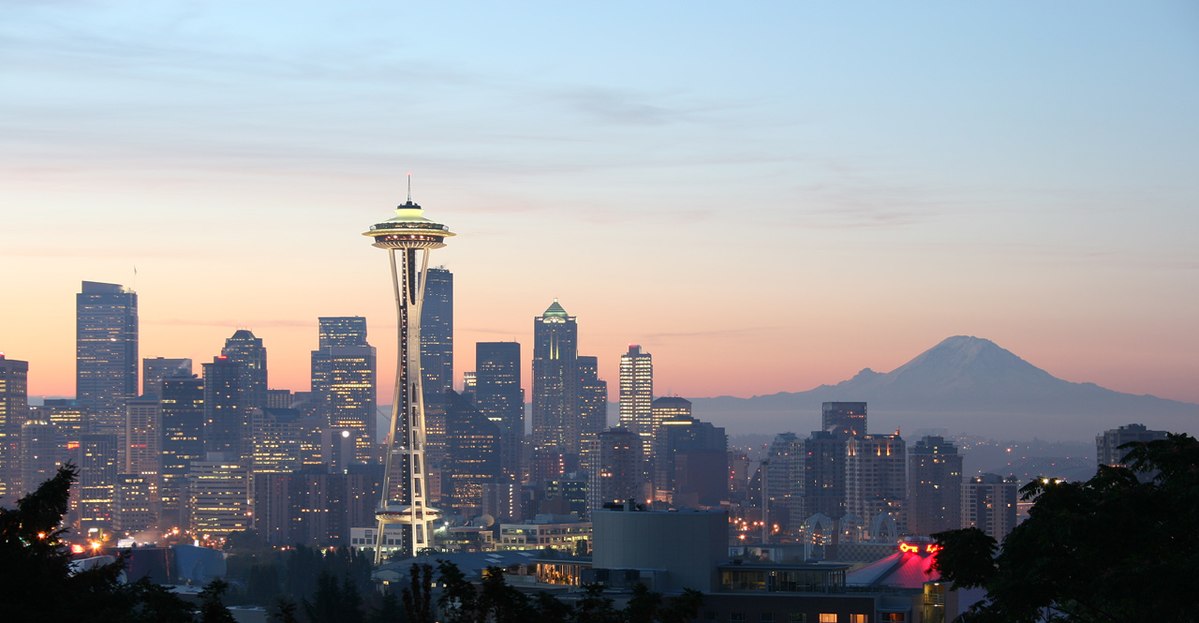
By Dave Workman
Editor-in-Chief
Violent crime is continuing to surge in the city of Seattle and surrounding King County, where the number of homicides in the city this year has already surpassed last year’s body count, and with three months remaining in 2024, a new record could be reached.
According to the Seattle Times, there have been 114 killings in King County as of Sept. 29, which brings the total to 114, just shy of the 119 investigated in both 2021 and 2022. Half of those murders have been inside the Seattle city limits, which carries no small amount of irony since the city is headquarters to the billionaire-backed gun prohibition lobby responsible for two restrictive statewide gun control initiatives in 2014 and 2018, both of which were sold to the public as mechanisms to reduce violent crime.
Perhaps one result of this has been a rebound over the past two months of concealed pistol license numbers in the county. The Department of Licensing says there are now 696,540 active CPLs in Washington, of which 111,332 are held by King County residents. Roughly 25 percent of those licenses are held by women. Last month at this time, there were 693,551 active CPLs statewide, including 110,627 in King County.
The numbers represent a rebound from a six-month decline in the number of active licenses, which hit 698,147 back on March 31.
KOMO News, the local ABC affiliate, is reporting September was a “deadly” month with 10 homicides, more than double the number of murders during the same month in 2022 (4) and 2021 (3).
Why are the number of active CPLs moving back up? It could be related to the loss of some 600 commissioned police officers in Seattle over the past three years, since the COVID-19 pandemic erupted.
And reports about rising violent crime, coupled with police manpower losses, could be factors as well. Washington has been nudging the 700,000 mark for carry licenses for the past year. It might meet that threshold by year’s end if the rebound continues.
KOMO is reporting comments from people who say they “don’t feel safe around the city,” and the station quoted one individual specifically citing reports of “shootings and stabbings.”
But with this news, Seattle-based gun prohibitionists are mute. Their gun control restrictions have been, according to Second Amendment activists, total failures. Only law-abiding citizens have been inconvenienced, while criminals have continued hurting and killing people.
Here’s a look back at the history of gun control in Washington since 2014:
2014 – Voters approve anti-gun Initiative 594 after proponents spent more than $10 million in a lopsided campaign to pass the measure. It requires so-called “universal background checks” on all firearm transfers, with certain exemptions for family members.
2015 – The Seattle City Council adopts a Chicago-style tax on retail firearm and ammunition sales. Proponents project annual revenue between $300,000 and $500,000, which has never come close. The money would ostensibly go to anti-violence programs. Since 2016, the first full year of tax collection, the number of homicides in the city has more than doubled.
2018 – Washington voters again approve a gun control initiative (I-1639), this one inventing a definition for a “semi-automatic assault weapon” and prohibiting young adults ages 18-20 from buying them. It also requires proof of training within the previous five years in order to complete the purchase.
2022 – The Washington Legislature passes the magazine ban and is immediately sued by the Second Amendment Foundation and several others.
2023 – The Legislature passes a ban on so-called “assault weapons” and is immediately sued in federal court, again by the Second Amendment Foundation and others. Another bill signed by Democrat Gov. Jay Inslee requires proof of safety training for any firearm purchase and expands the waiting period on gun purchases to ten days.
Looking back to 2018 when I-1639 was on the ballot, gun right activists predicted anti-gunners would eventually move to ban the firearms they had taken so much trouble to define. Their concerns were largely dismissed or ignored by the media, and that remains the case today.

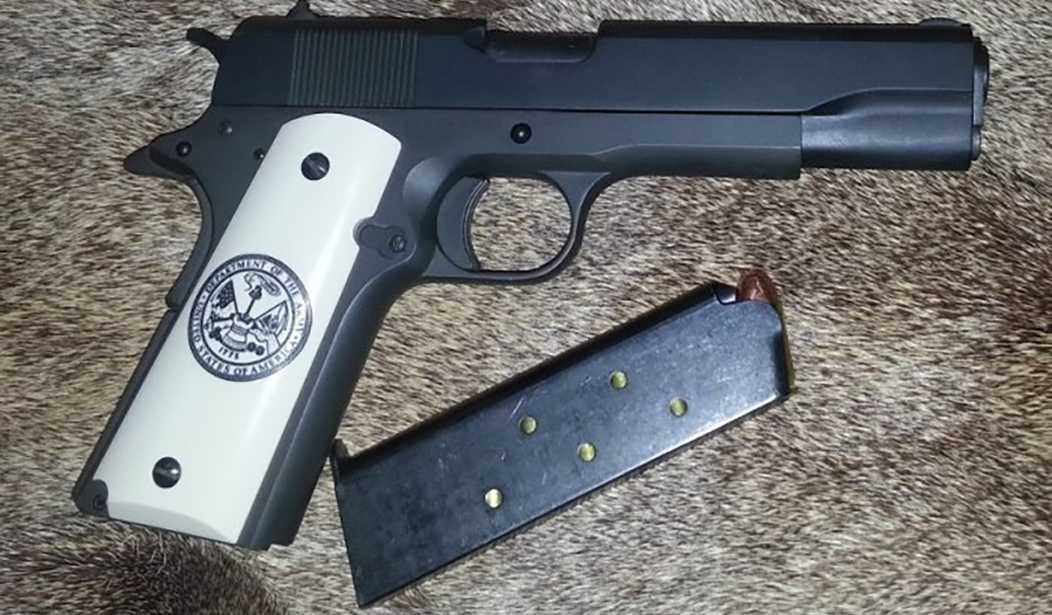
Early in the 20th century, the U.S. Army was looking to upgrade its standard service sidearm. The Army at that time was issuing the Colt M1892 revolver in the rather anemic .38 Long Colt cartridge, and U.S. servicemen found that this piece gave poor results, particularly when employed against rawhide-armored Moro rebels who were hopped up on drugs.
To deal with this, the Army began to re-issue the great old M1873 Colt single action revolvers in .45 Colt, and also purchased a number of big-framed Colt New Service double action revolvers in .45 Colt, dubbing that piece the M1909 Colt. The extra wallop of the .45 round proved much more satisfactory in preventing U.S. servicemen from being pierced by Moro spears, so the Army began to look for a modern, semi-auto sidearm for a .45 caliber cartridge.
Enter John Browning, the Leonardo da Vinci of firearms.
I won’t go into all the ins and outs of that evaluation and adoption process; that would be a story all in itself. A large number of martial sidearms were evaluated, including most notably a .45 ACP version of the Luger, only two of which were made, making this one of the most valuable collector’s items in firearms history. Suffice it to say that the sidearm that was adopted, when all was said and done, was the immortal Colt-Browning 1911, later revised as the 1911A1. Now, after 123 years, the U.S. Marine Corps, the last service still using the 1911, has traded them in.
Marine Corps Systems Command (MARCORSYSCOM) confirmed to The War Zone that the replacement of the M45A1s with new M18s began last year and was completed by October 2022. M45A1s had previously been issued primarily to Marine special operations and reconnaissance units, as well as Special Reaction Teams assigned to the service’s Provost Marshal’s Office.
The service had announced its intention to replace all of its standard-issue sidearms with M18s in 2019. The M18 is the compact variant of the Sig Sauer Modular Handgun System pistol family, or MHS, which the U.S. Army first adopted in 2017 and is now becoming the default sidearm across much of the U.S. military. This includes the U.S. Air Force, where the M18 was also selected to replace the last of that service’s aging .38 caliber M15 revolvers, as well as other more modern pistols.
The last 1911-pattern sidearms had been purchased by the Marine Corps in the early 2000s:
In the early 2000s, the Marine Corps purchased a relatively limited number of new-production .45 caliber pistols based on the M1911 from American gunmaker Kimber Manufacturing. These sidearms were for the new Marine Corps Special Operations Command, Detachment One, the service’s first unit assigned directly to U.S. Special Operations Command (SOCOM). That unit evolved into Marine Forces Special Operations Command (MARSOC).
Those guns, known as the Interim Close Quarters Battle (ICBQ) pistol, featured custom stainless steel barrels, improved recoil system components, and a rail for attaching accessories like lights and aiming lasers on the underside of the front end of the frame. They also came with eight-round magazines. Standard M1911A1 magazines hold seven cartridges.
The immortal 1911 really has no historical equal. It has been the longest-serving sidearm in U.S. military history. Almost every company in the business of manufacturing handguns today makes some variation of the 1911. John Browning used many of the features of the 1911 pistol to produce what many consider his greatest creation in sidearms, the Browning Hi-Power, which is still in use in military forces around the world.
While nothing lasts forever, and while it’s easy to see the logistical advantage in a sidearm that uses the NATO-standard 9x19mm cartridge, it’s a sad day for gun aficionados, especially those of us with a fondness for John Browning’s 1911. When I first joined the U.S. Army in the early Eighties, I was assigned as a Company Aidman and so was issued a 1911A1 pistol; that piece may well have been the same one my father was issued as a bomber navigator in 1944.
It was old, worn, and loose, but it worked and shot reasonably well. I have a mil-spec 1911 today, one of the clones made by Rock Island Arsenal (pictured above), and while I favor my.45 Colt sixguns for bumming around in the Alaska woods, from time to time I’ll strap on the 1911 instead. With modern loads, the 45ACP round packs a considerable wallop and is more than capable of deterring predators, two or four-legged, if the occasion arises.
The 1911 may no longer be serving with the U.S. military, but it’s a safe bet that a century from now (assuming the peasantry are still allowed to carry sidearms by then) the 1911 will still be in use among American shooters. The 1911 does have its detractors – every design does – but you really can’t argue with well over a century of success.
Israel: Draconian Gun Control in a Country in Desperate Need of a 2nd Amendment.
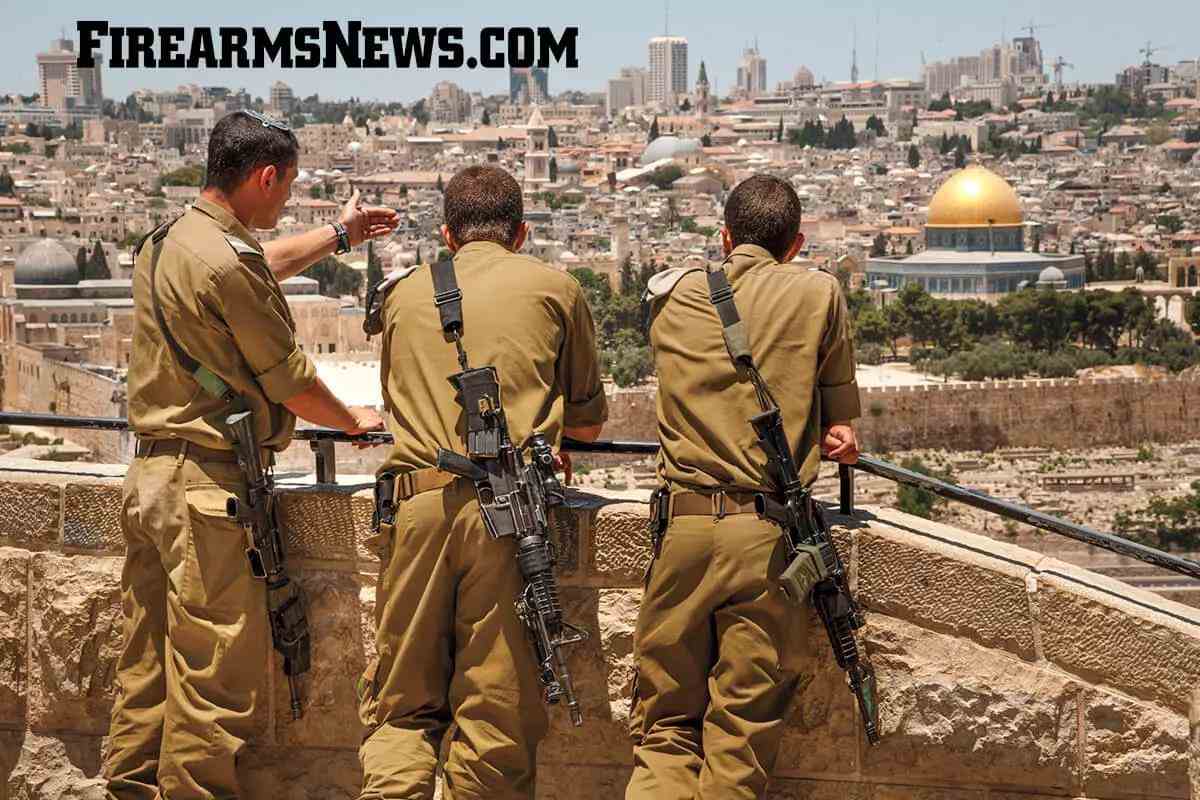
Editor’s Note: This article ran in the spring of 2022. Firearms News is currently working on a new report regarding reports of Israel issuing emergency gun licenses.
On March 22, 2022, Islamic State supporter Mohammad Abu al-Kiyan stabbed a woman to death at a gas station in Beersheba, Israel. He then proceeded to run down and kill a Chabad rabbi who was riding a bicycle. Al-Kiyan subsequently stabbed another two Israelis to death before being gunned down. Five days later a pair of ISIS gunmen opened fire at a bus stop in Hadera, Israel, killing two and wounding another dozen. Two days after that a 26-year-old Palestinian named Diaa Hamarsheh infiltrated Brnei Brak, Israel, and began firing from his car. His five victims included a 29-year-old rabbi who had been pushing his two-year-old son in a baby carriage.
On April 7, 2022, a 28-year-old Palestinian named Raad Hazem opened fire on a crowd in Tel Aviv, Israel. He ultimately killed three Israelis and wounded six. Around 1,000 soldiers and police officers were mobilized in response. Hazem took refuge in a nearby mosque and was later killed in a gunfight with Shin Bet agents. These are just a few examples. There have been many more. With each outburst of violence there is celebration in Palestinian-held territories and veneration of the perpetrators as martyrs. In response, Israeli security services crack down, and the cycle of violence escalates. The innocent are most frequently the victims.
Recent Events
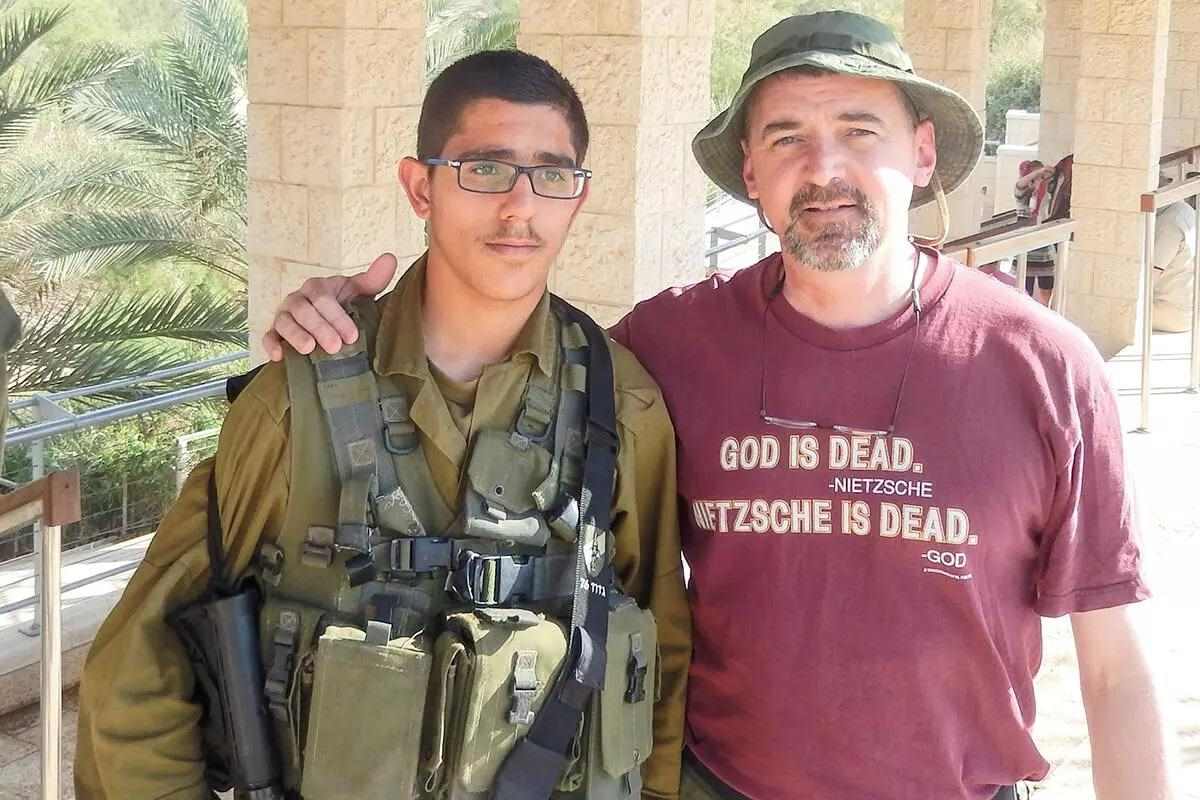
This was a demoralizing article to research. I was last in Israel several years ago. I left enraptured with the place. Most Israelis are military veterans, and there was a sense of civic responsibility that eclipsed anything we enjoy over on this side of the pond. Every square meter of the country seemed to be cultivated or put to some similar good use. Everything seemed clean and tidy. The Israeli people were independent, industrious, and friendly. I was struck by the prevalence of firearms. Back then IDF (Israel Defense Force) soldiers frequently brought their service weapons home and carried them in public. I saw young studs in civilian clothes out on dates with their girlfriends while packing Tavors, M4’s, and Mekut’zrar carbines. Israelis also seemed enamored with dummy cords. You could tell who was packing handguns in a crowd by the little curly cords that snaked out from underneath their shirts. All the greeters at hotels and museums were armed.
There was a reason for all those guns. Folks have been fighting over that remarkable scrap of dirt since the literal dawn of humanity. However, in recent years it appears Israel has become infected with the same socialist ideals that seem to drive most modern nation states. I asked one 72-year-old Israeli back then about the rules for owning a weapon. He said that you had to get a permit from the government and show a need, but he claimed none of that was terribly difficult. His job as a tour guide was adequate to land him a 9mm Jericho pistol. However, at some point between then and now something changed. As I type these words, Ukraine is in an existential fight for survival. When times were darkest the Ukrainian government was freely distributing assault rifles to anyone who could show an ID and sign up for their territorial defense forces (TDF). However, as soon as they caught their breath, the Ukrainian government began quietly retrieving military-issued weapons from private citizens in the TDF.
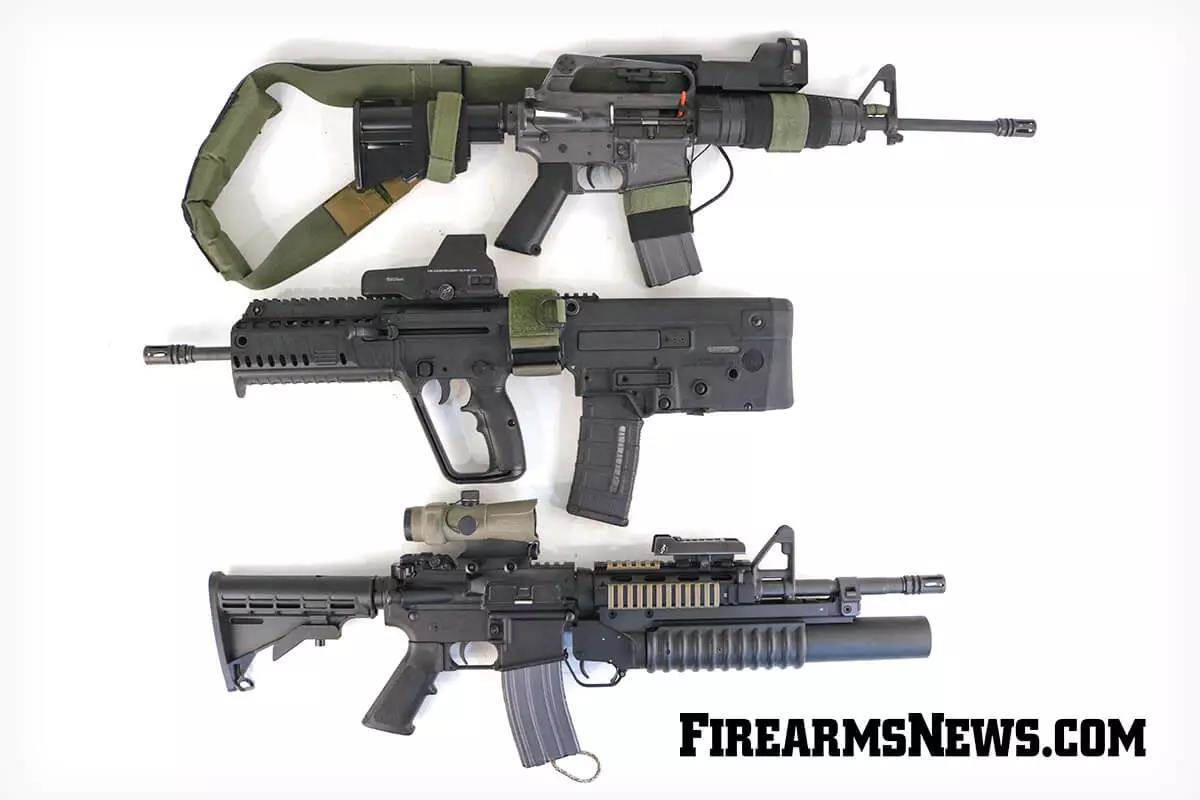
There has likewise been a gradual creeping effort in Israel to deprive private citizens of the tools they need to defend themselves in the face of rampant terrorism. In a nation comprised almost entirely of military veterans, it has become suffocatingly difficult to obtain a firearm for personal defense. If ever there was a place and a time when private citizens needed to be armed it is there and now, yet the Israeli government nonetheless discourages its citizens from being prepared. Private companies requiring weapons to do business must be extensively licensed, and transportation requirements are oppressive. Police approval is required to transport company weapons both to and from the range. Guns may only be moved in an approved vehicle. Weapons must be religiously logged in and out. Of the 195 sovereign nations in the world, only four include constitutional protections for the right to bear arms. Of those three, Mexico and Guatemala clearly don’t take it seriously. Only the United States and the Czech Republic actually treat the individual right to keep and bear arms with the respect it’s due. The experience of our Israeli friends should serve as a cautionary tale to any American who might question whether or not the 2nd Amendment requires defending.
Origin Story
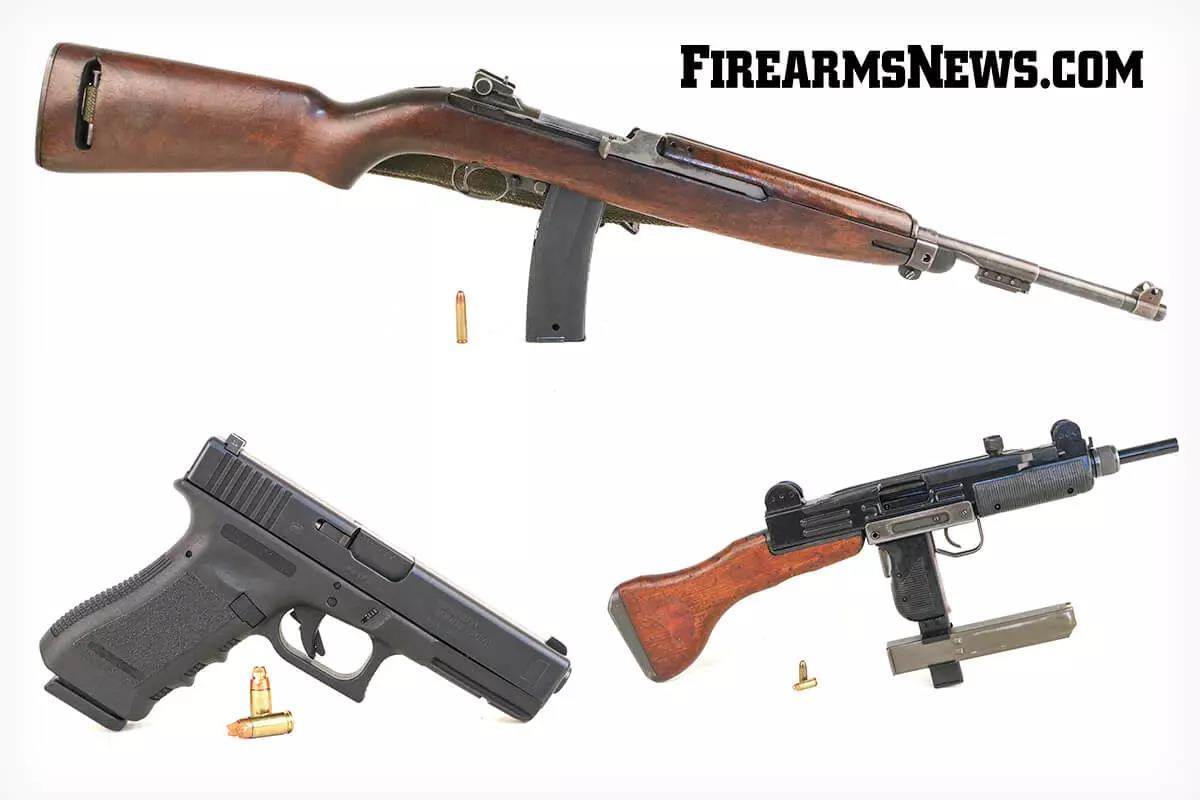
The modern state of Israel came into being on May 14, 1948, in the bloody wake of the Holocaust. The following day the five surrounding nations of Syria, Lebanon, Iraq, Egypt, and Jordan invaded. Israel has been fighting for its very survival ever since. Several geopolitical areas remain at the heart of this ongoing conflict.
The Al Aqsa mosque in Jerusalem is the third-holiest site in Islam and rests atop the Temple Mount, the most venerated scrap of dirt in Judaism. The Gaza Strip is a modest 141-square-mile piece of land governed by the Palestinians that rests between Israel and Egypt. The West Bank is a disputed territory separating Israel from Jordan. The Golan Heights is a rocky plateau wrested from the Syrians in 1967. Each of these spaces is a nidus for conflict today.
Violence has been an simmering constant since 1948, but there have been several full-blown wars. The Suez Crisis of 1956 pitted Britain, France, and Israel against the Egyptians. The Six Day War in 1967 saw Israel seize Jerusalem, Gaza, the Sinai, the West Bank, and the Golan Heights. Israel eventually returned the Sinai to Egypt following negotiations 12 years later.
The subsequent 1973 Yom Kippur War, though bloody, was not nearly so transformative. The 1982 Lebanon War and the several Palestinian Intifadas that followed spilt a river of blood. Today violence taints most everything in the Holy Land. I stood on the back balcony of my hotel holding my daughter’s hand and watched the rockets rising out of Gaza. We Americans have a great deal for which to be grateful.
Boots on the Ground
I reached out to Howard Linnett, a friend who has lived in Israel for decades, with a series of questions. Howard is uniquely qualified to comment on the current state of affairs.
——————————————————————————–
Dr. Will Dabbs: What’s your story?
Howard Linnett: I was born and bred in a working class factory town in Connecticut in the days when Connecticut was a firearms manufacturing dynamo. I was awarded my Eagle Scout rank in 1964. College took me away from home. Not too long after the Six Day War, I did my junior year abroad as a foreign student at the Hebrew University in Jerusalem. There I met a beautiful Israeli sergeant still doing reserve duty. We married a year later. My roots have been deep in Israel ever since.
WD: What is your military history?
HL: I was drafted into the Israeli Army in the late ‘70s. Platoon Honor Graduate, Combat Engineers. Learned to build. And learned to destroy. Explosives are fun!
WD: There has been a recent uptick in violence by disaffected Palestinians. What is your view on this from your intimate vantage?
HL: Terrorism never stops. From kindergarten, Arab children are taught Israel must be destroyed. If a Palestinian commits a terror attack and is caught and sentenced to jail, she or he is idolized and receives a salary from the Palestinian Authority. If killed in the attack, the terrorist’s family receives a monthly stipend. “Pay-for-Slay” allows any disaffected Israeli or Palestinian Arab a perfect way to end their life.
WD: PM Bennett has called upon Israeli citizens who are authorized to carry concealed weapons to do so. Does there seem to be a fresh push to increase the number of armed Israelis in the general population?
HL: When terror is everywhere and constant, several thousand or more folks file applications for a license to purchase and possess a handgun. Then the issuing authority (the police) s-l-o-w-l-y processes the application. Permits are not easily obtained. One must “qualify” and self-defense is not one of the few reasons for which a permit is granted.
Any notion to increase the number of handguns licensed to civilians is purely cosmetic and entirely fleeting. The number of licenses decreases every year by perhaps 10,000. When the population is scared and the police hopeless and hapless, the powers-that-be call for licensed gun owners, licensed “to carry,” to do so.
The politicians also mouth-off about easing the requirements to qualify for a firearms license. The crisis is over before any changes can be legislated. Thus ends any meaningful regulatory change. Licenses for rifles and shotguns are virtually non-existent.
WD: What seemed to be the feelings of the last three or four prime ministers on gun ownership?
HL: Prime Ministers don’t really get involved in gun issues.
WD: How difficult is it to own a firearm as a private citizen in Israel?
HL: Close to impossible.
WD: What is involved in legally carrying a concealed weapon?
HL: One’s permit to possess a handgun must be for self-defense based upon a government determination that where you live or where you travel is dangerous and you need the means to defend yourself.
WD: When I was in Israel, I was struck by the number of young soldiers out in public in civilian clothes who were packing their service rifles. What are the rules concerning this practice?
HL: Nowadays soldiers are, for the most part, no longer allowed to take their rifle home with them. Theft of rifles from soldiers’ homes is a huge problem. Civilians who live in communities in “dangerous” locations may be issued a rifle by the IDF, especially if the individual is a member of her or his community’s ERT. These folks come and go from home with the rifle as a matter of self-defense.
WD: What sorts of weapons can be privately held in Israel?
HL: One handgun, if you qualify. Glocks are the most prevalent. If you are an IPSC “active shooter” (participate in a minimum of five national competitions a year) you may be granted a license for a second handgun. Only about 100 of us have rifles, grandfathered from our days as volunteer police precision marksmen and women.
We are now members of the Israeli Rifleman Association. Last time I asked, there remained the requirement that one must be an “active” shooter (participate in a minimum of five national competitions a year) for three years before being able to apply for a license to purchase and possess a rifle. The Rifleman Association and the Israeli Shooting Federation must recommend one for a rifle license and endorse one’s application in writing. Then it is lots of luck.
Only active shooters can apply for a Israeli Shooting Federation recommendation to purchase ammunition. Otherwise one is limited to a box of 50 rounds. If you want to practice at a range, you purchase what you are going to fire for that practice session. One cannot buy more ammunition than you shoot then and there.
WD: Is there a gun culture in Israel?
HL: There are less than 180,000 licenses for approximately eight million citizens. Except during times of heightened terrorism anyone who would possess a firearm without being compelled to do so because of their job (soldier, police officer, etc.) is viewed by the general public as simply being mentally defective. Those same people are the first ones to ask that you sit next to them, if they know you are armed, when you get on Jerusalem’s Lite Rail.
WD: Is there an anti-gun political lobby in Israel?
HL: YES. It is called the Government. It is scared of armed folks.
WD: It seems the Israeli gun lobby cannot get traction due to a liberal/socialist leaning population. Is there an effective pro-gun political lobby in Israel?
HL: No movement of Israeli gun owners exists. Politics rule. Citizens don’t.
WD: How much of the population seems socialist/leftist and do you feel that this is where the opposition to gun ownership is birthed?
HL: Much of the opposition to gun ownership comes from the various women’s movements. They point to deaths of women from firearms. Otherwise opposition against private ownership of firearms goes back to the founding of Israel. If memory serves me, the second law passed by the Israeli Legislature (1949) was confiscation of all firearms and munitions.
WD: Do Israelis appreciate that, historically speaking, disarmament of the civilian population has led to genocide?
HL: Israelis rely on the IDF.
WD: The M1 carbine was once common in Israel. Are weapons donated by the United States still in use?
HL: The IDF is transitioning to the M16/M4 with a shorter barrel and flattop upper. Those M1 carbines were collected and sold as surplus to foreign purchasers.
WD: How does mandatory military service flavor Israeli culture and society?
HL: Military service is not really universal. For example, ultraorthodox constitute a group of citizens whose participation in the IDF is mostly voluntary. Those who choose to serve are often scorned and banished by their community. Theoretically, Israel has a combat experienced reserve of men and women. Our reserves provide a quiet sense of added security.
WD: Israel is a melting pot of cultures dating back millennia. What are your observations on the engines behind the ongoing violence?
HL: Violence is getting worse. Iran’s people lack clean drinking water, but Iran is the financer of 90% of the terror in the Middle East. Israelis are seen as the latest Crusaders who must be driven into the sea. Convert or die by the sword is alive and well. An all-out Middle Eastern war is inevitable and may spread. We shall see who is the last man standing.
Obtaining a Gun in Israel
A firearms license in Israel is a privilege, not a right. This simple observation fundamentally changes the calculus of personal defense in that country. Additionally, in recent years the government has been actively reducing the number of private firearms held by Israeli citizens. Israeli gun licenses must be renewed every three years.
Applicants must meet a series of preconditions along with at least one eligibility requirement. Applicants must be at least 18 if they have served in the IDF and 27 if they have not. They must be fluent in Hebrew and have spent at least the previous three years in the country. The application for the license must include a health assessment and declaration performed by a physician along with a certifying letter of residence obtained from the local government council. Applicants must also pass both written and practical shooting examinations along with an in-person interview. Denial is subjective and difficult to appeal. Recognized eligibility for a gun license includes certain professions such as security guard, explosives transport, or shooting instructor. One criterion involves those who live or work beyond the Green Line in the West Bank where the threat of terrorism is omnipresent. There are 18 possible eligibility criteria.
Per the Israeli government website, “Once the application is submitted and recorded in the system, it will be forwarded for authorization by the Israel police and the Ministry of Health. After their authorizations are received, you will be contacted by the Firearm Licensing Information and Service Center to schedule an interview at one of the licensing offices, in order to continue the process.” Processing time is at the whim of the government, and any license holder who finds themselves no longer meeting eligibility criteria must surrender their firearm at a police station within 72 hours.
The US Perspective
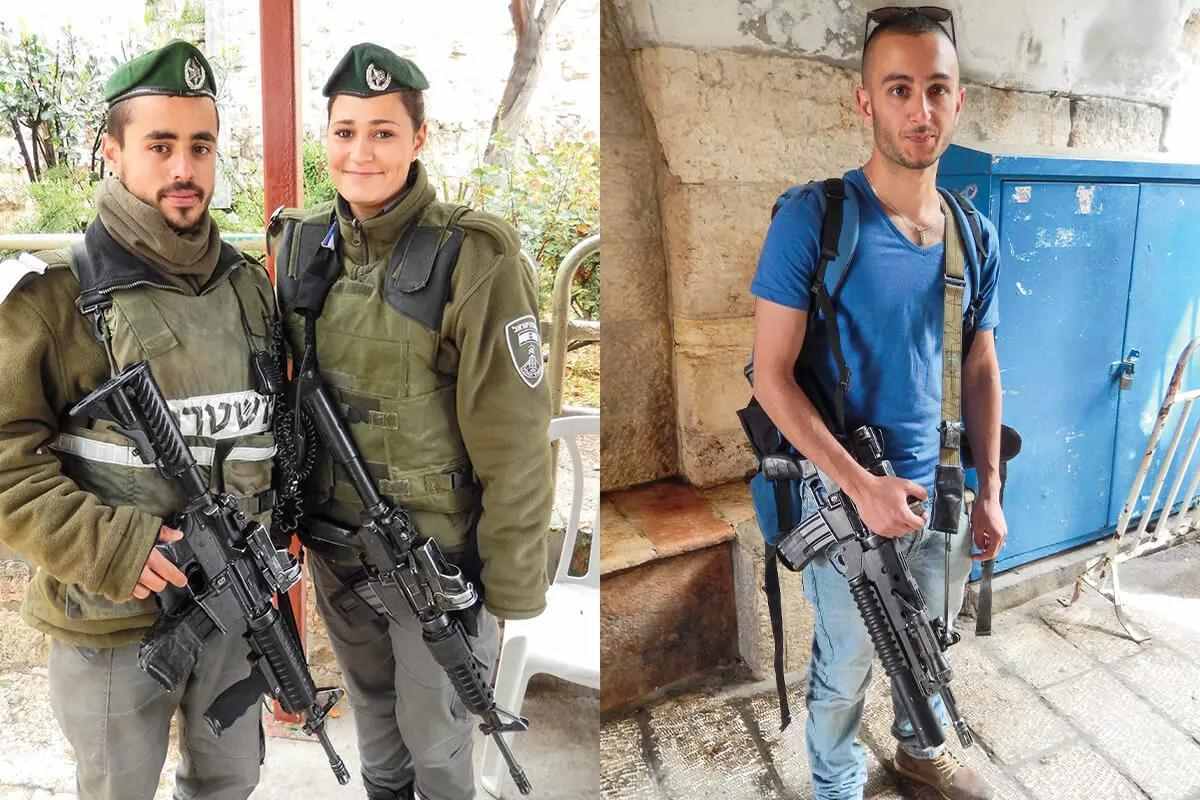
Yonatan Stern is the director of the Cherev Gidon Israeli Tactical Training Academy. Cherev Gidon instructors are Israeli combat veterans living in the US whose mission it is to provide high quality Israeli tactical shooting skills to American civilians. We reached out to Yonatan for his perspective: “This is a topic I am intimately familiar with. I moved out of Israel specifically because of its Bolshevik gun controls that denied me any right to defend myself or my family against heavily armed terrorists. I know first-hand how dangerous and deadly this terrible situation is.
“It does not look like any progress is being made in Israel in regards to access to firearms for average citizens. Prime Minister Naftali Bennet recently made a statement encouraging armed citizens to carry their weapons in public, but this was more of a cynical publicity stunt than any indication of progress regarding gun rights. Only a tiny fraction of the civilian population is licensed to own a firearm, and he has made no efforts whatsoever to enable greater access to firearms for average civilians. Deadly terror attacks against the civilian population are becoming a daily occurrence, yet the Israeli government enforces some of the most extreme gun control measures in the world, completely denying citizens the right to bear arms.
“Many of these terror attacks could easily be stopped if the civilian population was armed. However, in Israel, only police, military, security personnel, and a very small handful of privileged civilians who fall into several “eligible categories” have access to firearms. The average citizen has no right to own any type of weapon whatsoever, and doing so illegally will land him or her in jail for many years. In situations like these, selecting who gets to have access to firearms and who doesn’t is the equivalent of selecting who gets to live or die.
“The State of Israel seems to think it has the power of God in deciding which citizens have a right to live and which don’t. Israel has no NRA or gun lobby, and those who wish to own a firearm in Israel are essentially powerless to do anything to change the situation. This situation is absolutely unacceptable, and we feel it is our moral duty to speak up against these criminal and immoral gun control laws in Israel. So, what are we doing about this?
“The Israeli government is not going to change their policies because those of us in the US oppose them. However, Israel has three national interests that we here in the US do have leverage over — •
Funding: Israel is heavily dependent on investment and donations from abroad. Israeli bonds and other contributions are essential to Israel’s economy.
- Aliyah (immigration). Israel desperately wants to attract educated and successful American Jews to immigrate there. It sends emissaries abroad to encourage western immigration and invests tens of millions of shekels every year in this policy.
- Political support. Israel heavily depends on American Jews and pro-Israel Christians to support organizations like AIPAC, speak out, and participate in rallies in support of Israel, especially when a major flare-up happens with Hamas in Gaza, usually sparking an international uproar.
“In these three areas, Israel is dependent on our cooperation and support. Threatening that cooperation and support is something the State of Israel is likely to pay attention to. If enough of us get on board, it might put enough pressure on Israel to change its draconian gun control policies. “We are taking the following three steps:
- We are calling our local Israeli consulates or organizations that raise money for Israel and telling them that we will not donate one penny to Israel so long as it continues disarming its citizens in the face of Arab terror.
- We are contacting our local Aliyah (immigration) emissaries and telling them that we would love to make Aliyah (immigrate to Israel), but we cherish our 2nd Amendment rights and will never consider moving there so long as we are barred from bringing our guns with us or buying guns locally.
- We are contacting our local Israeli consulates, AIPAC and/or other pro-Israel organizations, and informing them that they cannot count on us for any kind of political support until Israel recognizes the right to bear arms and allows ALL its citizens to own firearms.
“The way we see it, if only a few of us do this, it will be easy for them to laugh us off and completely ignore us. However, if hundreds or thousands of us do this, they will have no choice but to listen.” For more information, please visit CherevGidon.com.